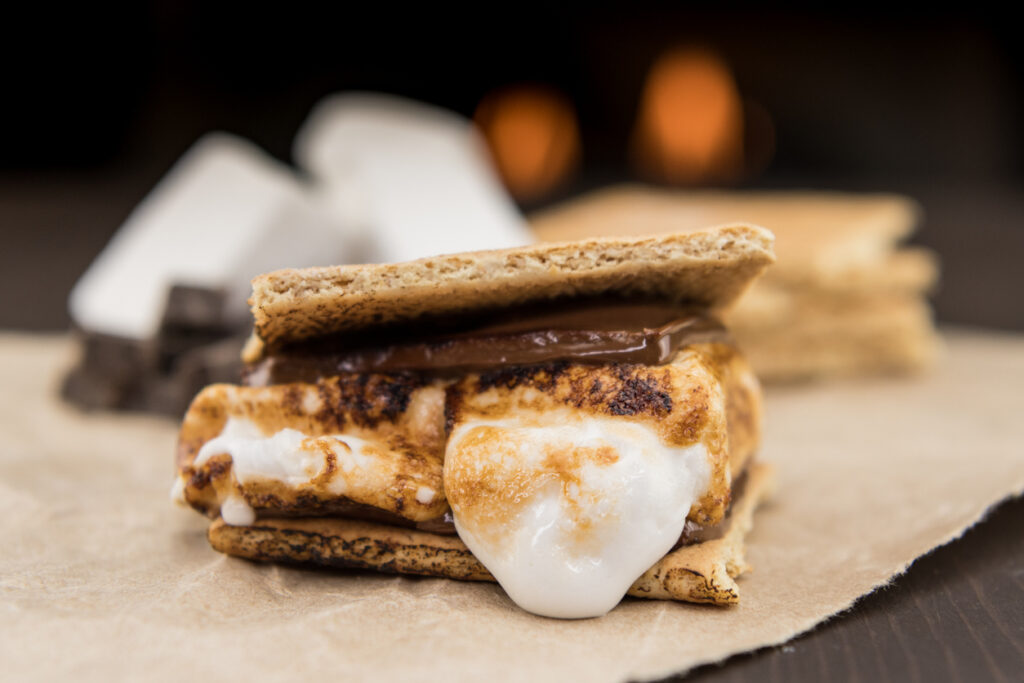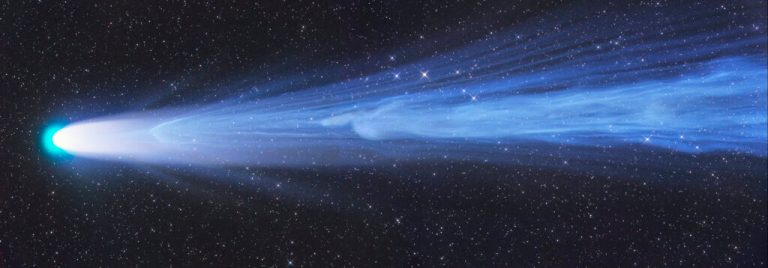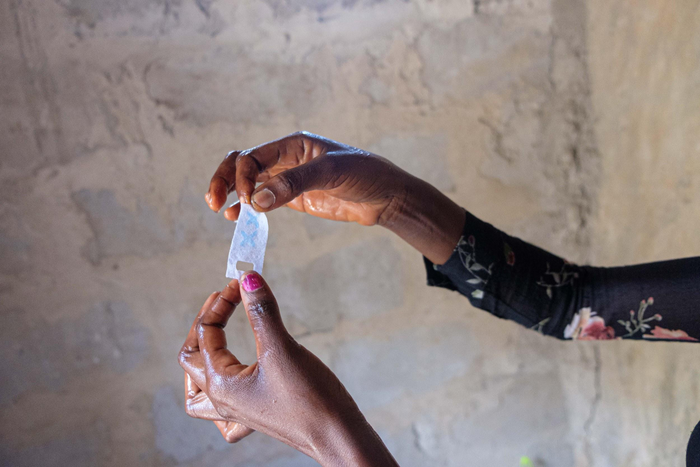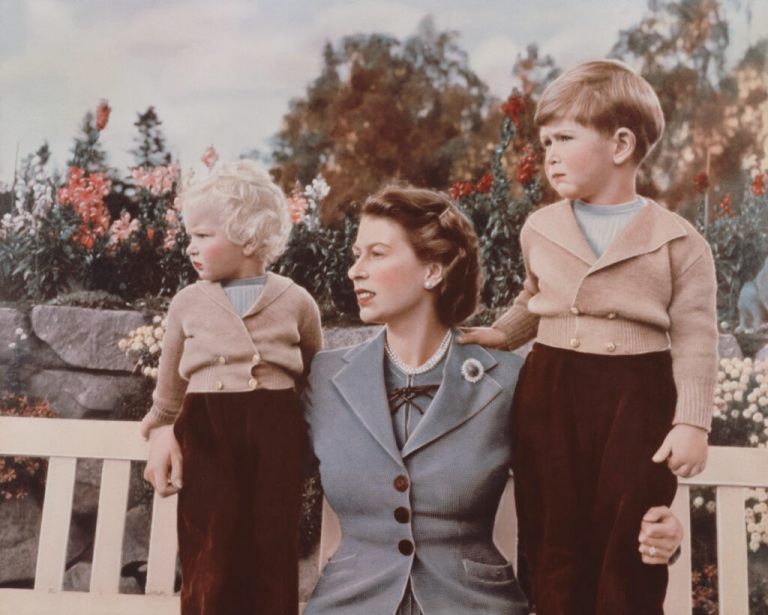Summertime is in full swing, and for many, that means the sweet arrival of s’mores season: the perfect treat for beach bonfires, nights spent camping beneath the stars, or capping off backyard barbecues.
S’mores, a favorite campfire snack, combine gooey marshmallows, melted chocolate, and crunchy graham crackers. Everyone has their own preferences for what makes for the “best” one, but did you know that there is actually science behind the treat? It’s true, and Popular Science has broken it down step-by-step.
A quick warning before we proceed, though: This article is not for those who enjoy their marshmallows burnt to a crisp.
First, gather your materials — you’ll need marshmallows, graham crackers, and chocolate squares, and of course some sort of open flame (you can even use a gas stove if you’re looking to recreate the magic of summer at any time of the year).
Now begins the roasting. In search of that ideal, golden-brown color, aim to hover the marshmallow about 6 to 8 inches above the fire and rotate the roasting stick to ensure that it cooks evenly. At this stage, the relatively low heat, which usually ranges between 90 to 95 degrees Fahrenheit, breaks down the gelatin at a fairly quick rate, Popular Science explains. The temperature causes the air pockets to expand within the marshmallow, causing it to grow and soften as it warms. The heat then breaks the marshmallow’s chemical bonds, which link the fructose and glucose molecules to sugar, “allowing the marshmallow to expand further and develop more nuanced flavors.”
After it’s begun to swell, Popular Science advises that it be moved closer to the heat (but be cautious not to allow the flames to swallow it whole). The temperature will increase to nearly 250 degrees, triggering the Maillard reaction, defined by Merriam-Webster as “a nonenzymatic reaction between sugars and proteins that occurs upon heating and that produces browning of some foods” — thus causing the exterior of the marshmallow to darken.
When the treat begins to droop or spin around the stick, it’s time to move the marshmallow closer “to the hotter base of the flame,” per the outlet. Here is where the temperature can approach 320 degrees, and caramelization can take place, providing a subtle crispiness around the edges. When the sugar breaks down from the heat, the mallow will bubble and brown, causing new compounds and a darker exterior. Be aware: This only takes a maximum of 20 seconds, so carefully observe the marshmallow in order to prevent it from catching on fire.
And just like that, it’s time to assemble.
Slide the marshmallow off the stick onto a graham cracker with a piece of chocolate already positioned atop it. Milk chocolate melts at around 90 to 95 degrees, so make sure to put the marshmallow on it before the air temperature has a chance to cool it down.
Top with a second graham cracker, and voila! Your perfect s’more is complete. After you’ve given the treat a few seconds to cool down, bite in and enjoy your hard work.
Click here to dig into some alternative s’mores recipes, including swapping the milk chocolate for another candy, and adding bacon for a treat that’s both sweet and savory.












